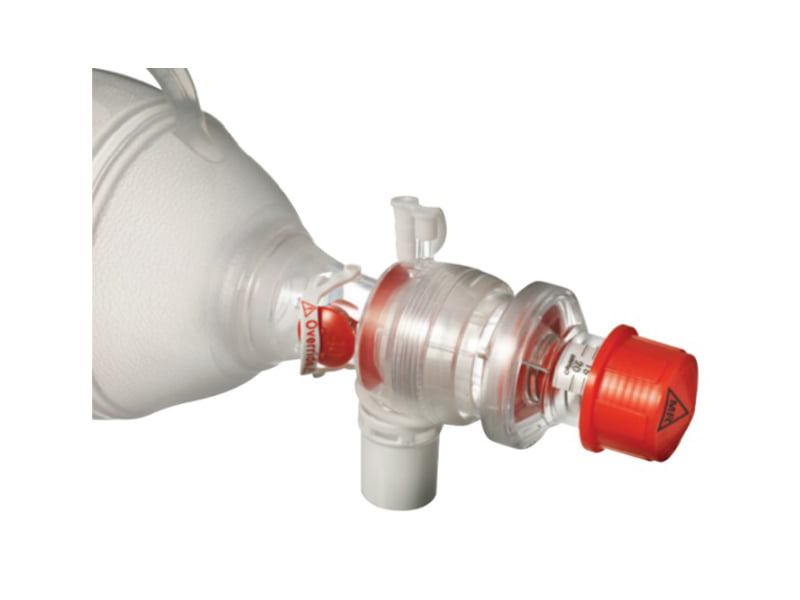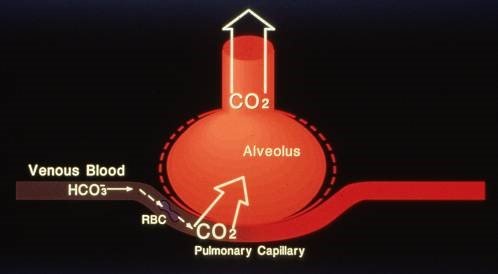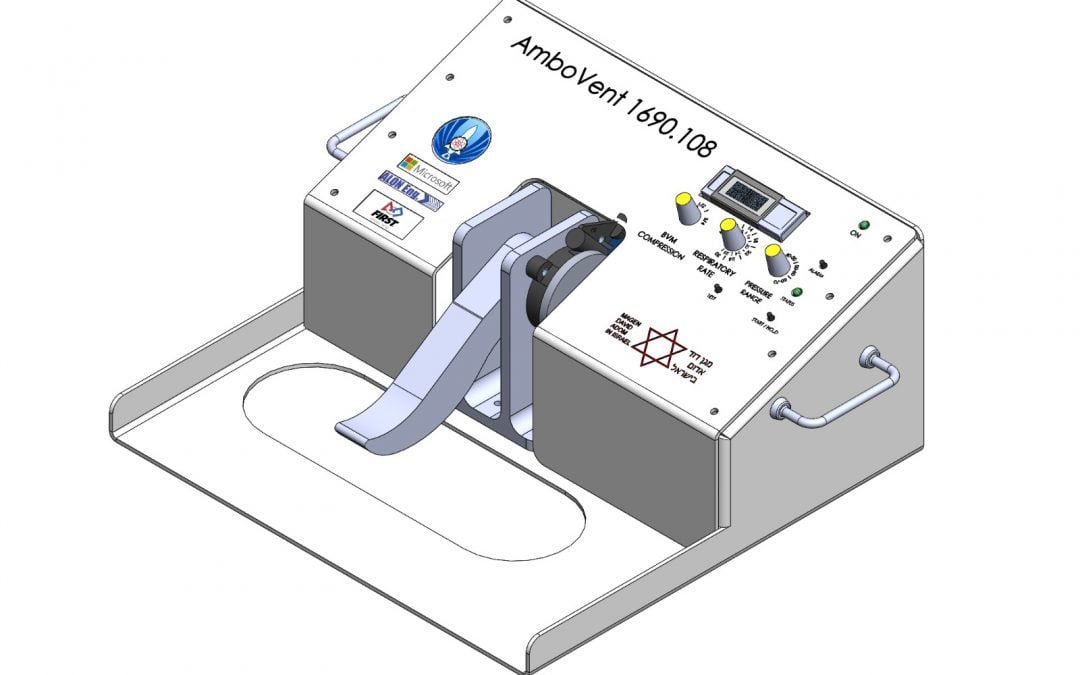
Cystic Fibrosis: What It Is and How We Treat It
Understanding the complicated disease of Cystic Fibrosis will help you provide better initial care and assessment.

Understanding the complicated disease of Cystic Fibrosis will help you provide better initial care and assessment.

Use of Positive End Expiratory Pressure should be considered for any patient who requires mechanical ventilation, including those in cardiac arrest.

Smiths Medical announced it has joined several of the world’s other ventilator manufacturers in the Ventilator Training Alliance (VTA) to support frontline medical providers.

Dr. Marvin A. Wayne on why we do not use the measurement of end-tidal carbon dioxide to its full potential.
Deplorable conditions — broken or substandard equipment, a lack of drugs, low wages — reflects the meltdown of Ukraine’s health care system.

President Donald Trump is making plans to ship 8,000 of the breathing machines to foreign countries by the end of July to help in their fight against the coronavirus.

Mexico has received a shipment of 211 medical ventilators from the United States as part of aid that U.S. President Donald Trump promised.

This article will discuss the prehospital management of COVID-19 respiratory symptoms.

The COVID-19 pandemic raises the need from EMS to transfer patients from heavily affected regions to hospitals that have the capability to provide more advanced treatment – particularly for those ventilated and in need of intensive care. In addition, global demand in procuring ventilators, and lack of readily supply raises the need for self-sufficiency in acquiring or creating new ventilator prototypes.

Some hospitals have reported unusually high death rates for coronavirus patients on ventilators, and some doctors worry that the machines could be harming certain patients.
Recent Comments